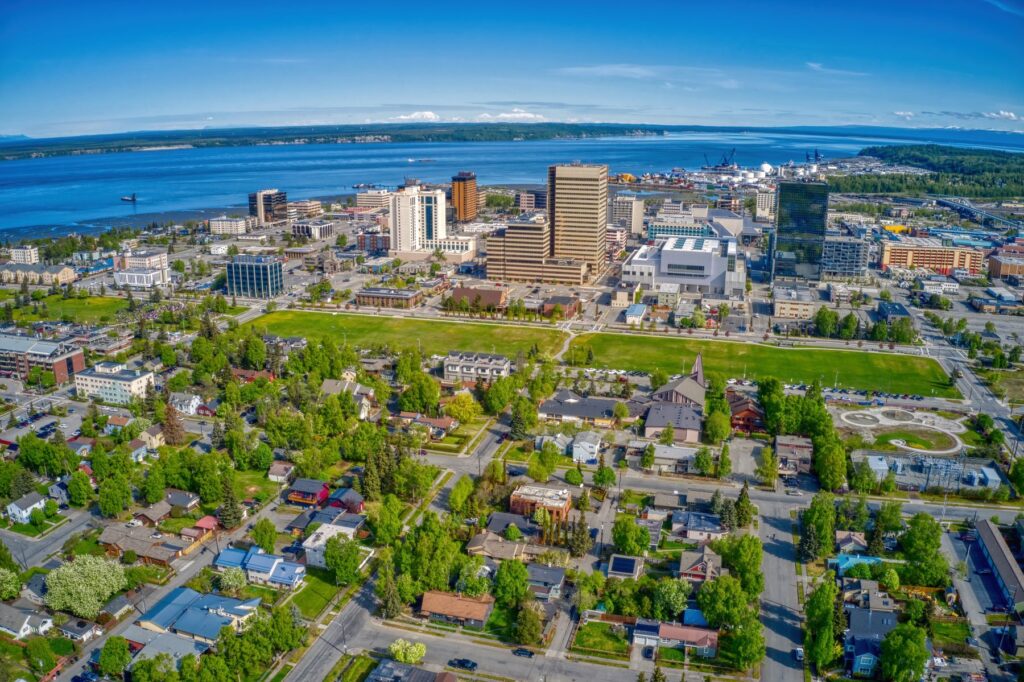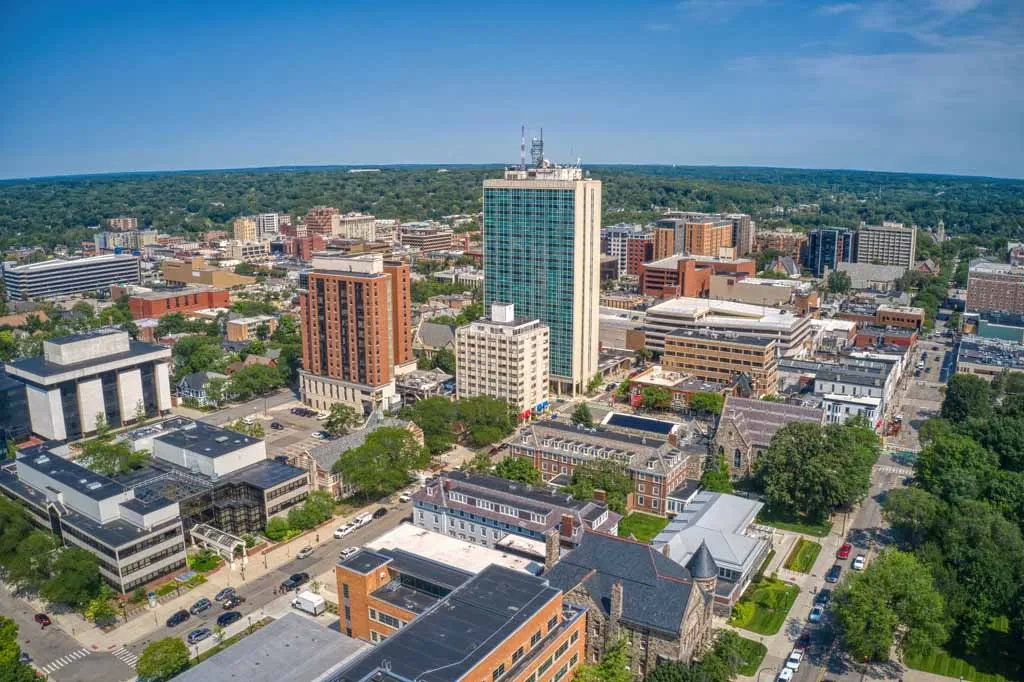Approximately 1.67 million mortgages secured by residential property (1–4 units) were granted in the U.S. in Q3, according to ATTOM‘s third-quarter 2024 U.S. Residential Property Mortgage Origination Report. This resulted in modest 1.9% yearly and quarterly growth.
The increase was the second consecutive quarterly rise, which hasn’t happened in almost three years. However, the growth in business for lenders was considerably below a rise in the spring of 2024, and even though home-mortgage rates fell by about 6% for a 30-year fixed loan by the end of Q3 2024, total mortgages were still nearly two-thirds lower than their peak in 2021.
Rather than more buyers taking out loans, the most recent trend was the result of increases in home equity and refinance lending. Rollovers of mortgages rose 6.9% on a quarterly basis to approximately 588,000, while home equity packages grew 2.3% to approximately 297,000.
As the yearly peak home-buying season came to an end and the supply of available homes remained limited, those improvements more than offset a 1.7% drop in purchase loans, to 782,000.
In terms of money, in Q3 of 2024, lenders granted about $550 billion worth of residential mortgages. That was 6.6% higher than the third quarter of last year and 2.9% higher than the second quarter of 2024.
Measuring Q3 Residential Mortgages, Refi & HELOC Activity
While the purchase component decreased, the percentage of all residential mortgages represented by refinance and home-equity credit lines increased somewhat due to the different patterns of increases among different loan types. Nevertheless, during Q3, purchase loans continued to be the most prevalent type of mortgage in the U.S., accounting for about half.
“Mortgage lending rose again in the third quarter, but at a far slower pace than during the Spring of this year when activity spiked nearly 25%,” said Rob Barber, CEO at ATTOM. “The latest increase, small as it was, likely came mainly from homeowners trading higher-rate loans they got in 2021 and 2022 for cheaper mortgages resulting from declining mortgage rates. But it looked like the third-quarter rate dip wasn’t as helpful for purchase lending as buyers kept facing elevated prices and low supplies of properties for sale.”
Another round of conflicting factors influencing home sales and borrowing costs was evident in the most recent lending patterns. The third quarter saw a full percentage point drop in average 30-year mortgage rates, which can save homeowners hundreds of dollars annually on a variety of loans. Purchase loans and the market are still being hampered by the fact that the number of available properties is still among the lowest it has been in 10 years.
Though Still Far Below Historical Peaks, Total Lending Has Increased Again
The number of residential mortgages provided by banks and other lenders increased to 1,666,816 in the third quarter of 2024 from 1,636,073 in the second quarter of 2024 and 1,635,056 in the third quarter of 2023.
For the second consecutive quarter, total activity increased—a trend not seen since the beginning of 2021. However, the most current number was still 60% behind a previous peak of 4,165,695 that was reached in Q1 of 2021, when the average rate for 30-year mortgages was about 3%.
In Q3 of this year, $553.1 billion was financed to buyers and homeowners. While still less than half of the recent peak of $1.3 trillion in 2021, that was an increase from $537.5 billion in the previous quarter and from $518.6 billion in Q3 of 2023.
In most U.S. urban areas with sufficient data to evaluate, overall lending activity increased both quarterly and annually. In 125, or 60.4%, of the 207 metropolitan statistical regions with a population of 200,000 or more and at least 1,000 total residential mortgages issued from July through September of 2024, the total rose from the second quarter to the third quarter of this year.

The largest quarterly increases were found in:
- Anchorage, AK (total lending up 78.6% from Q2 of 2024 to Q3 of 2024)
- Yuma, AZ (up 33.3%)
- Ann Arbor, MI (up 33%)
- Huntington, WV (up 21%)
- Trenton, NJ (up 20.5%)
Metro areas with a population of least 1 million that had the biggest increases in total loans from the second to the third quarter of 2024 were:
- Rochester, NY (up 20.1%)
- Detroit (up 14.7%)
- Grand Rapids, MI (up 13.5%)
- San Diego (up 13.2%)
- Hartford, CT (up 12.7%)

- Metro areas with enough data to analyze where lending saw the largest quarterly decreases were:
- Boulder, CO (down -44.3%)
- St. Louis (-36.5%)
- Jackson, MS (-25.2%)
- Myrtle Beach, SC (-20.4%)
- Springfield, MO (-19.4%)
Measured annually, the largest increases in total lending among metro areas with a population of at least 1 million were in:
- Orlando, FL (total lending up 29.3% from Q3 of 2023 to Q3 of 2024)
- San Jose, CA (+28.7)
- San Diego (+27.9%)
- Honolulu (+25.9%)
- Tucson, AZ (+17.6%)

Despite a Tight Market, Purchase Mortgages Still Account for Over Half of all Lending
The number of mortgages granted to homebuyers decreased both quarterly and annually, despite a gain in overall lending activity during the third quarter. Purchase loan numbers were just half as high as they were in 2021. Compared to 796,046 in Q2 of 2024, 814,610 in Q3 of 2023, and 1.6 million in mid-2021, the third-quarter total of 782,220 was lower.
Although it was still up 0.8% from $304.1 billion a year earlier, the most recent dollar volume of purchase loans, $306.6 billion, was 2.5% lower than the second-quarter figure of $314.3 billion. It was 43% lower than the peak of 2021.
Of the 207 metro regions in the survey, some 55.1% saw a quarterly decline in residential purchase-mortgage originations, and 56% saw an annual decline.
The largest quarterly decreases were in:
- Boulder, CO (purchase loans down 50.1% from Q2 of 2024 to Q3 of 2024)
- St. Louis (-42.4%)
- Springfield, MO (-25.7%)
- Savannah, GA (-25%)
- Lake Havasu City, AZ (-23.1%)

Including St. Louis, the biggest quarterly decreases in metro areas with a population of at least 1 million in the third quarter of 2024 were in Austin, Texas (-20.6%); San Francisco (-17.7%); Tucson, AZ (-16.8%) and Atlanta (-15%).
The top annual decreases in purchase lending in metro areas with a population of at least 1 million were in:
- St. Louis (-50.3% from Q3 of 2023 to Q3 of 2024)
- Austin, Texas (-48.2%)
- Houston (-29.7%)
- Dallas (-22.5%)
- Raleigh, NC (-21.3%)
Refi Mortgages Reach Their Highest Level in Two Years
In the third quarter of this year, 587,691 residential refinance mortgages were issued by lenders as interest rates decreased. That was higher than 539,738 a year earlier and 549,812 in Q2 of 2024. Notably, the latest number was the highest since Q3 of 2022. Following an interest rate surge in 2021 and 2022 that sent refinance lending down by more than 80%, it was the most recent in a string of hikes.
The volume of refinance packages in Q3 of 2024 were $191.1 billion, up 16.1% from $164.7 billion in Q3 of 2023 and 13.5% from $168.5 billion in the previous quarter. In the U.S. metro regions with sufficient data for analysis, refinancing activity rose quarterly in 75.8% of them and annually in 75.4%.
The largest quarterly increases were in:
- Anchorage, AK (refinance loans up 59.1% from Q2 to Q3 of 2024)
- Ann Arbor, MI (+46.9%)
- Vallejo, CA (+46.7%)
- Colorado Springs, CO (+42.4%)
- Charlottesville, VA (+41.7%)

In Q3 of 2024, some 35.3% of all loan originations were refinance packages. Although it was still far lower than the 65.8% portion in early 2021, it was an increase from 33.6% in the previous quarter.
Metro areas with a population of least 1 million where refinance activity increased most quarterly were:
- San Jose, CA (+28.7%)
- Milwaukee (+27.4%)
- San Diego (+27.2%)
- Richmond, VA (+24.4%)
- Los Angeles (+24%)
HELOCs Provide Quarterly, Yearly Loans to Consumers
Additionally, home equity lines of credit (HELOCs) rose to 296,905 during the most recent three-month period. Compared to 290,215 in Q2 of 2024 and 280,708 in Q3 of the previous year, that was an increase. Losses incurred from 2022 into the first part of 2024 were further reversed by the improvement. HELOC loans totaled $55.4 billion in Q3 of 2024, up from $49.8 billion in the same period last year and $54.7 billion in the previous quarter.
In the most recent quarter, 17.8% of all loans were HELOCs. That was about four times the amount recorded in early 2021, yet it was nearly identical to the 17.7% portion in Q2 of 2024.
In 63.1% of the metro regions examined, HELOC mortgage originations rose between the second and third quarters of 2024. Fresno, CA (increased 33.4%), Hartford, CT (+29.5%), Louisville, KY (+22.9%), San Antonio (+20.8%), and San Jose, CA (+20.6%) saw the biggest quarterly growth among metro areas with a population of at least one million.
Additionally, in Q3, lenders granted 229,196 Federal Housing Administration (FHA)-backed mortgages, or 13.8% of total loans for residential real estate. That decreased from 15.1% in Q3 of 2023, but it remained steady from the second quarter of this year following ten consecutive quarterly increases.
Some 97,669 of home loans backed by the U.S. Department of Veterans Affairs (VA) were originated in Q3, representing 5.9% of all residential property loans. That was an increase from 4.8% in Q3 of 2023 and 5% in the preceding quarter.
To read the full report, including more data, charts, and methodology, click here.






